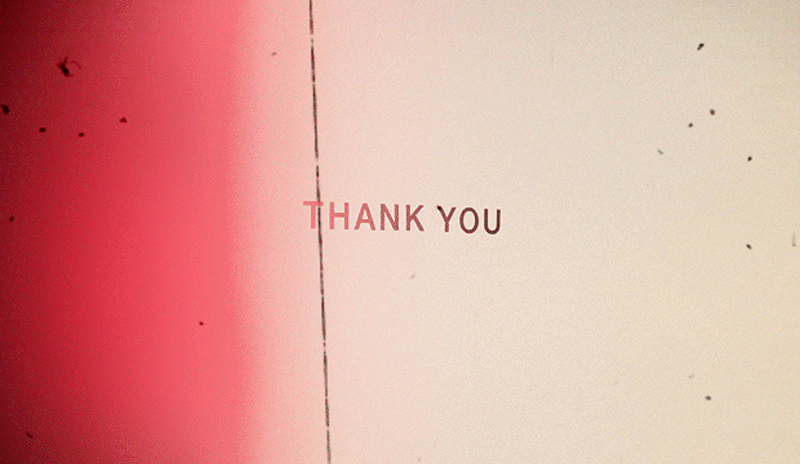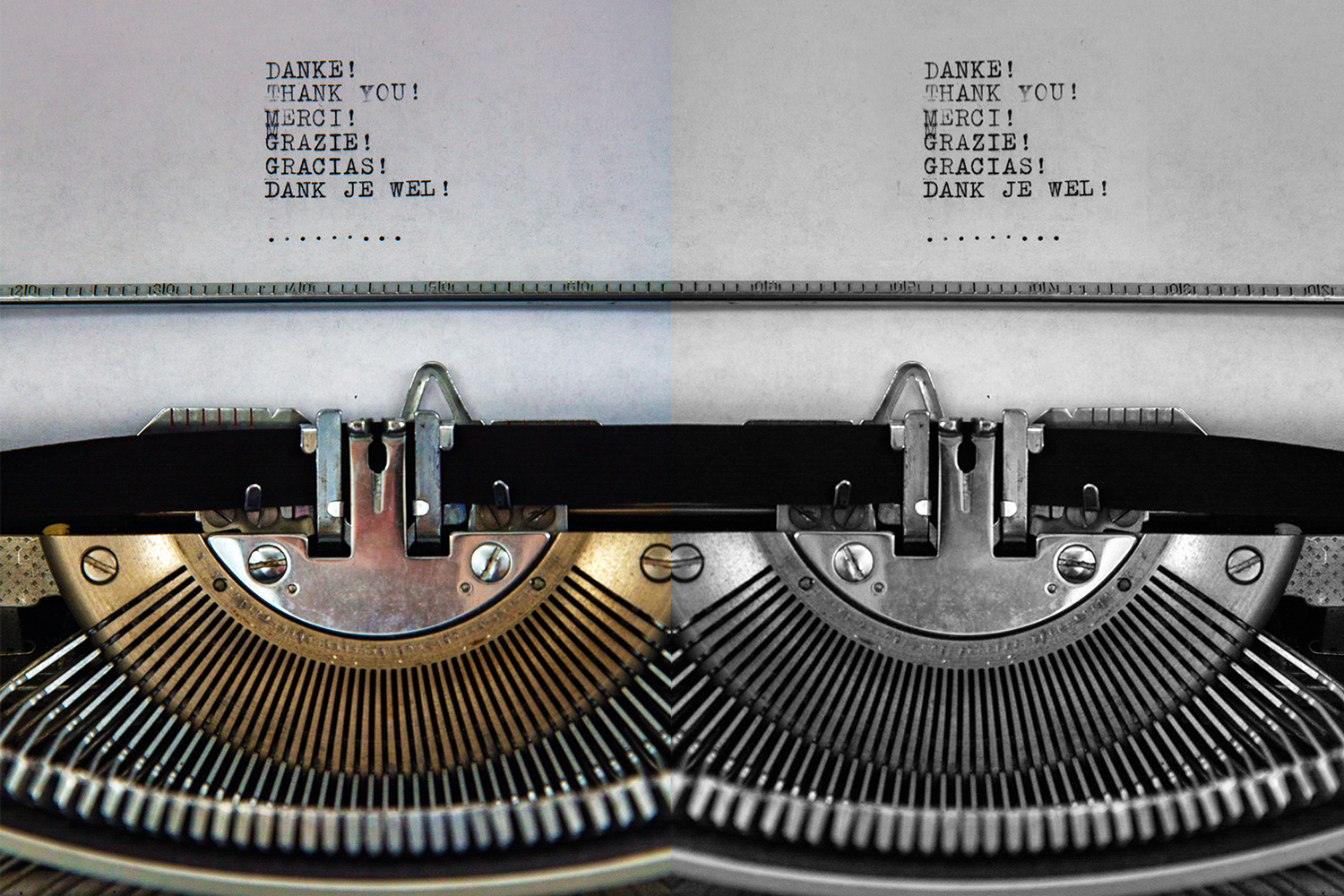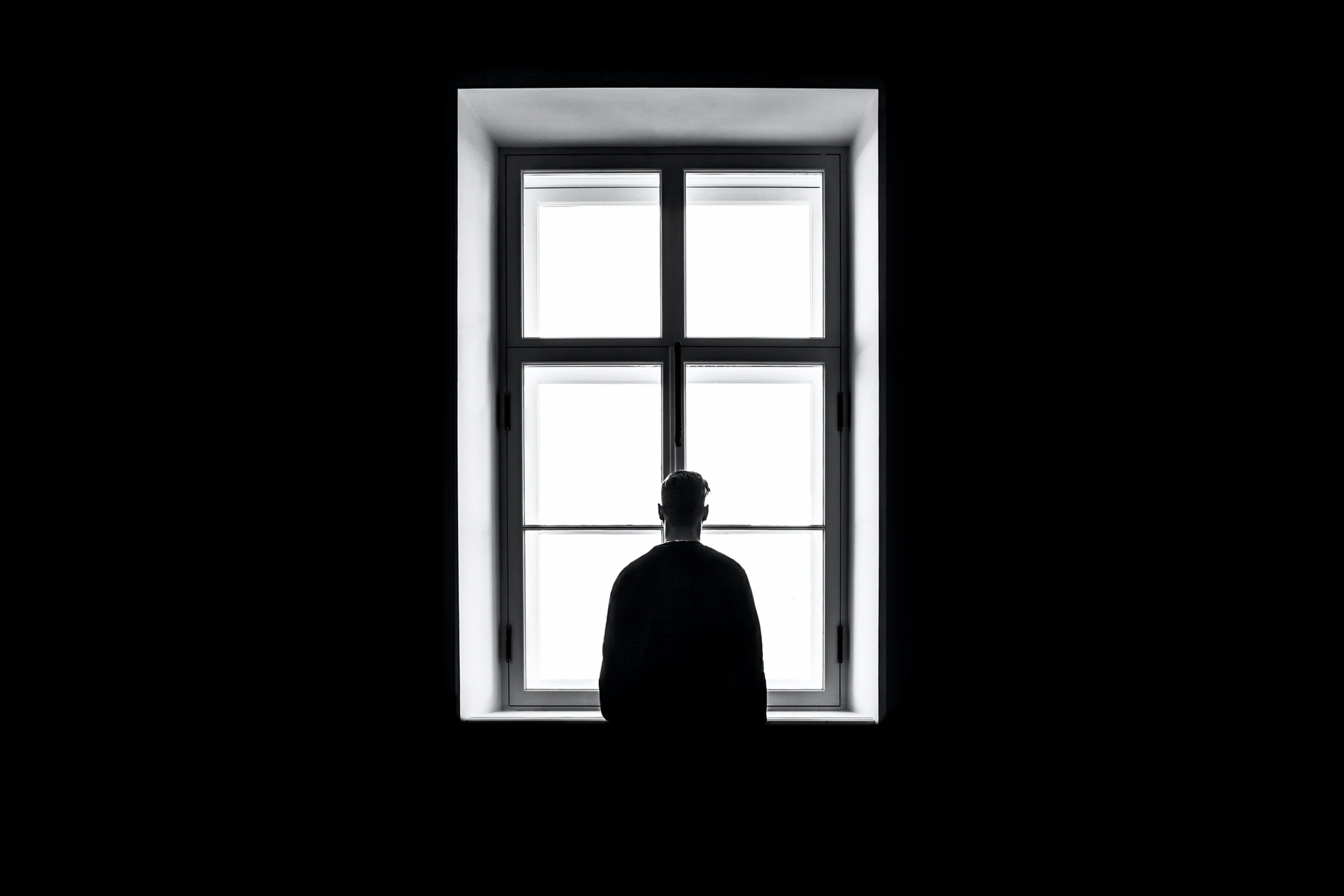Thank you works at many levels. A power-up for authentic brands and a pick-me-up for people, being mindful of how you give and receive a thank you is worth some effort. Here’s the why and how of it.
In a coming together of two icons (for which I am eternally grateful) the late Victoria Wood performed a satire of legendary queen of the seas Jane McDonald, giving us a motto we can all live by:
"longitude or latitude, my attitude is gratitude"
As silly as it might sound – and it does sound wonderfully silly in Wood’s mock-Wakefield accent – there’s a sincere message here. We mustn’t forget to say thank you.
On a personal level, a thank you can be encouraging: a way of showing appreciation for a job well done. Or it can just be a way of being kind (and we’re all about showing kindness).
But for business, gratitude is a super-power; a weapon in the war on cynicism. A little thank you can take people, and brands, a long way.
Being human
Think about the last time someone said ‘thank you’ to you. How did it make you feel? Did you sit a bit higher in your chair? Maybe your mood lifted? Did you feel more confident, happier and ready to tackle the next problem?
Now think about the last time you said thank you to someone else. How many cups of coffee have you had since then? How many colleagues have helped you out? How many people have taken the time to give you a call or drop you an email? All of those moments were opportunities to practise gratitude.
3 Steps to gratitude
Write thank you notes. Henna Innam, author of ‘Wired for Disruption’, suggests writing thank you notes to co-workers as a way of making everyone happier in the workplace. Taking the time to craft thoughtful thank yous makes for more grateful, engaged, connected and appreciative teams.
Here’s her method for saying thank you.
Step 1: Ask yourself who is someone you’re particularly grateful for at work. For a note that builds connection, you have to get yourself in a state of gratitude first.
Step 2: Use the following set of questions to help you pause and notice what you appreciate:
- What have I observed this person doing well?
- What contributions has this person made to me, our team, or organization?
- What is an interaction I had with this person that impressed or touched me?
- What are some qualities of character that I appreciate about this person?
- What have I learned from this person? How does this serve me?
Step 3: As you write your gratitude letter, be specific and make it personal. Describe a specific example, situation, or conversation.
(with thanks to Henna Innam)
It’s an interesting virtue, gratitude. Not a quality we often see as a requirement on job descriptions for senior roles. But if you think about the most influential leaders in your own life, haven’t they all been those who were the best at saying thank you? I’m only thirty, and the law is I can’t talk about being a leader until I’ve got a few more grey hairs and I stop using memes on work emails. John Rampton, who qualifies on every level, has written about why gratitude makes leaders more effective and it’s published by The Entrepreneur, so it’s sensible advice.
I can give some practical advice about receiving gratitude though. As hard as it may be to imagine, sometimes people are grateful for the things I’ve done for them. Equally as hard to imagine might be the fact that I’m not very good at being thanked. I think this is true for lots of us. So just like it’s important to practice gratitude, it’s important to practice receiving it.
How to receive thanks
A thank you is a gift; always accept it graciously. Even if you’re too embarrassed to open it in front of the person who gave it to you, accept the gift and when you’re alone undo the bow and unpack it. Hold the thank you in your hands and treasure it for a moment.
The fantastic thing about the gift of a thank you, is that you can both keep it, and re-gift it. I have an email folder full of all the little thank you notes I’ve received since I started working at Cohesive – it’s something I do everywhere I go. Whenever I’m having an off day, when the imposter syndrome gets a bit too much, or if I put my foot in it and cock something up, I go to this folder and read a couple of the emails. They’re a reminder that I do great work, that people appreciate me and value my skills and expertise.
And in passing on that thank you, I don’t diminish it at all. Rather, it grows like a snowball down a mountain. When I get a thank you, I can turn around to my colleagues and share it with them, I can add my own thank yous for their contributions and support, and so the thank you grows.
Even if you’re in no way altruistic, and you get quite enough warm and cozies thank you very much, there’s still a very good reason to say thank you. It more than pays for itself. Research published in the Journal of Personality and Social Psychology found that a mere thank you more than doubled the likelihood that those providing help would do it again. The research also found that a thank you yielded an increase of 50 percent in terms of productivity and an increase of 15 percent in the average amount of time a person spent providing assistance. The researchers also noted a spill-over effect. That is, gratitude begets gratitude.
But what about business?
The businesses that do the best are arguably those that are a bit less self-regarding, and a bit more focused on doing the absolute best they can do for their customers.
Warmth on the inside can create warmth on the outside to: Dr Bernice Ledbetter tells us in the Huffington Post:
“There are serious ramifications when employees, and especially managers, are not grateful. A boss who never shows gratitude can ruin morale, drag a team down and lose hard-working employees. A 2015 Gallup poll revealed that “one in two employees had left their job to get away from their manager to improve their overall life at some point in their career.” Being an impossibly demanding and ungrateful boss – such as Miranda Priestly in The Devil Wears Prada – is not something to aspire to.”
Turning to the outside, it’s important that businesses say thank you to their customers and all their other stakeholders. And what about your competitors? Being rivals shouldn’t make you enemies. Take a look at athletics. It’s often the case that the most memorable moment in the gold medal race isn’t the winner breaking the tape, but the warm hug from the (…you would imagine, devasted) rivals. It creates a culture of respect and raises the bar for everyone else.
"But in mastering the art of apology, I wonder if many brands might have lost the art of gratitude"
But it all cases, it has to be sincere. And that’s the tough bit. We found this great example from Finisterre, the ethical clothing brand. Make sure you watch the video. The thank you is subtle and strategic and implicit:
Thank you for trusting our clothing on your biggest and most precious adventures. We understand that you care about sustainability as much as we do, and the most sustainable clothes are those you already own. So we’re going to thank you for caring by going to extraordinary lengths to breath new life into your clothes, without losing their old meaning.
Thea McGoven thinks that brands need a thank you strategy and should bring the same slick PR machine to gratitude as they do to apology.
Using an example of letters written by her own children to businesses and their real responses – Thanks a bunch! – Thea reminds us of the power of a thank you for brands. But with great power comes great responsibility. A thank you starts a chain reaction between the thanker and thankee. A botched, impersonal, or overly public thank you can do more harm than good. The advice to bring real strategy to brand thank yous feels like a genuine insight.
If you’re stuck on where to start, you could do worse than take inspiration from 11 brilliant thank you letters from people so famous (and busy) that they might well not have bothered.
Have fun. And thank you for taking the time to read this!





What do you think?